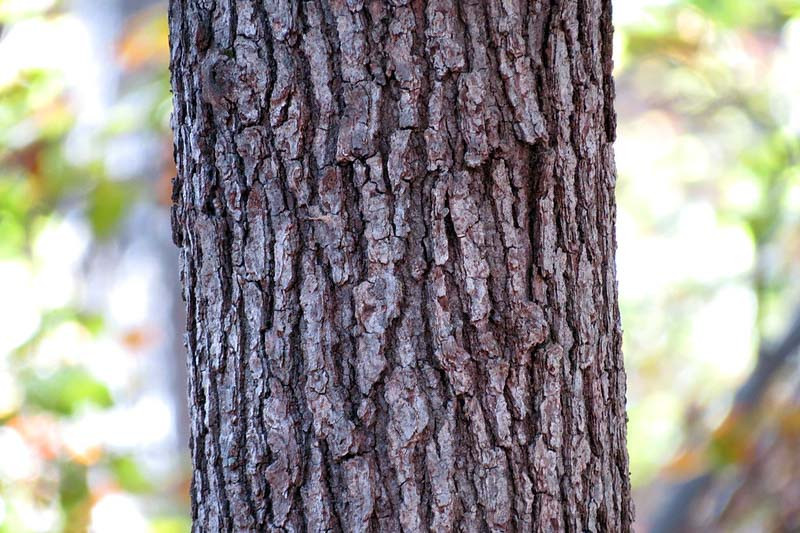Black Oak: A Majestic Native Tree with Character and Presence
The Black Oak, or Quercus velutina, is a robust and significant tree species native to North America, particularly the eastern and central regions. Here are key aspects to know about this majestic tree:
Appearance: It has a distinctive appearance with a broad, rounded canopy and a strong, thick trunk. The bark is dark, almost black, and deeply furrowed, giving the tree a rugged look.
Size: Mature Black Oaks can grow 50-60 feet (15-18 m) tall and wide, making them an imposing presence in any landscape.
Leaves: The leaves are 10 inches long (25 cm), with 7-9 deeply incised lobes, dark green on top, and pale beneath. In autumn, they turn to striking shades of red and orange.
Distinctive Bark: The bark of the Black Oak is particularly unique. It’s almost black and deeply furrowed, creating an almost rugged appearance, rare among oak tree species.
Acorns: The fruit of the Black Oak is a round to oval acorn with a rough, warty cap. These acorns are essential food sources for wildlife.
Long Lifespan: Black Oaks can live for several centuries, with some specimens reaching over 200 years old. This longevity contributes to their role as keystone species in their ecosystems.
Growth Conditions: It thrives in full sun and adapts to various soil types, though moist, well-drained, acidic to neutral soils are preferred.
Wildlife Value: Oak trees support over 800 caterpillar species in the United States. They are host plants for over 500 species of butterflies. Birds and mammals, including deer and squirrels, voles, and turkeys, consume the acorns.
Uses: The wood is valuable for timber, furniture, flooring, and cabinetry. It also makes an excellent shade or lawn tree for large areas. Native Americans historically used the bark of the Black Oak to make a yellow dye. The tannins in the bark were also used for medicinal purposes.
Pests and Diseases: Watch for issues like oak wilt, root rot, borers, and caterpillars. Preventative care is vital.
Environmental Impact: Black Oaks contribute to biodiversity, offering ecological benefits like erosion control and microclimate regulation.

